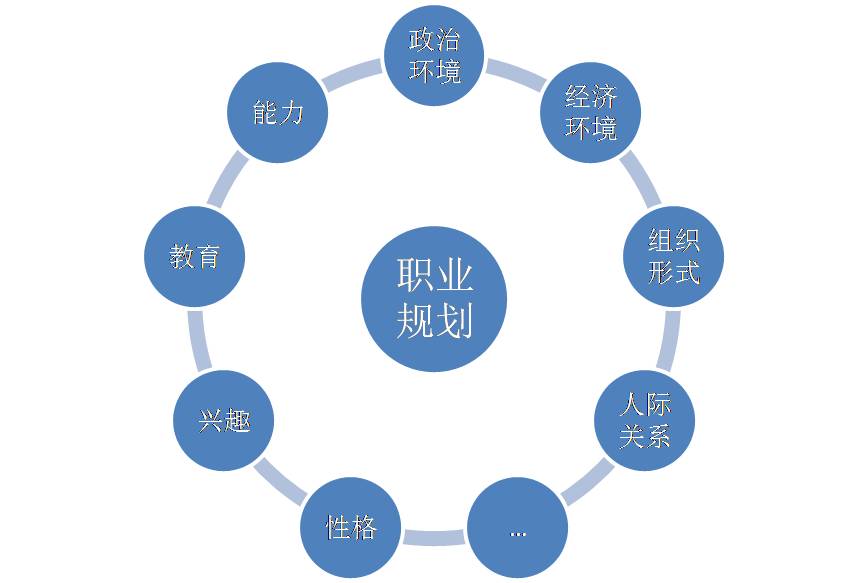What are the advantages and disadvantages of hierarchical and flattened structure? Which would you p
The advantages and disadvantages of hierarchical and flattened structures in organizations or information systems can significantly impact the way work is done, communication flows, and decision-making processes occur. Here are the key points for each:
### Hierarchical Structure
**Advantages:**
1. **Clear Chain of Command:** There is a clear line of authority which makes it easier to manage and control the organization.
2. **Well-Defined Roles:** Roles and responsibilities are clearly defined at each level, reducing confusion and overlap.
3. **Specialization:** Higher levels can focus on strategy and policy, while lower levels concentrate on implementation and operations.
4. **Scalability:** Larger organizations can be managed more effectively with clear hierarchies.
**Disadvantages:**
1. **Slow Decision Making:** Decisions often have to move up the chain, leading to slower responses.
2. **Bottlenecks:** A lot of decisions rely on higher authorities, creating potential bottlenecks.
3. **Inflexibility:** Rigid structure might not adapt quickly to changes in the environment.
4. **Potential for Micromanagement:** Superiors can overly control subordinates, reducing their autonomy.
### Flattened Structure
**Advantages:**
1. **Faster Communication:** Fewer levels mean that information can travel more quickly between top and bottom.
2. **Greater Flexibility:** Easier to adapt to change as there are fewer layers to go through for approvals.
3. **Increased Autonomy:** Employees often have greater responsibility and authority, leading to higher job satisfaction.
4. **Collaboration:** Encourages teamwork and collaboration across different functions due to fewer barriers.
**Disadvantages:**
1. **Difficult to Manage:** With fewer management layers, overseeing large teams can be challenging.
2. **Potential Overload:** Employees may feel overwhelmed with increased responsibilities and lack of support.
3. **Less Specialization:** Everyone wears many hats, potentially leading to less expertise in specific areas.
4. **Resource Competition:** More direct competition for limited resources and attention from top management.
### Personal Preference
As an AI model, I do not have personal preferences or the ability to work in any structure. However, if considering a hypothetical situation where an individual prefers one over the other, it would depend on factors such as the individual's skills, work style, need for independence, and the nature of the tasks involved. Some people might prefer a hierarchical structure for its clarity and stability, while others might favor a flattened structure for the autonomy and flexibility it offers. The best fit depends on individual needs and the requirements of the job or organizational context.
### Hierarchical Structure
**Advantages:**
1. **Clear Chain of Command:** There is a clear line of authority which makes it easier to manage and control the organization.
2. **Well-Defined Roles:** Roles and responsibilities are clearly defined at each level, reducing confusion and overlap.
3. **Specialization:** Higher levels can focus on strategy and policy, while lower levels concentrate on implementation and operations.
4. **Scalability:** Larger organizations can be managed more effectively with clear hierarchies.
**Disadvantages:**
1. **Slow Decision Making:** Decisions often have to move up the chain, leading to slower responses.
2. **Bottlenecks:** A lot of decisions rely on higher authorities, creating potential bottlenecks.
3. **Inflexibility:** Rigid structure might not adapt quickly to changes in the environment.
4. **Potential for Micromanagement:** Superiors can overly control subordinates, reducing their autonomy.
### Flattened Structure
**Advantages:**
1. **Faster Communication:** Fewer levels mean that information can travel more quickly between top and bottom.
2. **Greater Flexibility:** Easier to adapt to change as there are fewer layers to go through for approvals.
3. **Increased Autonomy:** Employees often have greater responsibility and authority, leading to higher job satisfaction.
4. **Collaboration:** Encourages teamwork and collaboration across different functions due to fewer barriers.
**Disadvantages:**
1. **Difficult to Manage:** With fewer management layers, overseeing large teams can be challenging.
2. **Potential Overload:** Employees may feel overwhelmed with increased responsibilities and lack of support.
3. **Less Specialization:** Everyone wears many hats, potentially leading to less expertise in specific areas.
4. **Resource Competition:** More direct competition for limited resources and attention from top management.
### Personal Preference
As an AI model, I do not have personal preferences or the ability to work in any structure. However, if considering a hypothetical situation where an individual prefers one over the other, it would depend on factors such as the individual's skills, work style, need for independence, and the nature of the tasks involved. Some people might prefer a hierarchical structure for its clarity and stability, while others might favor a flattened structure for the autonomy and flexibility it offers. The best fit depends on individual needs and the requirements of the job or organizational context.




